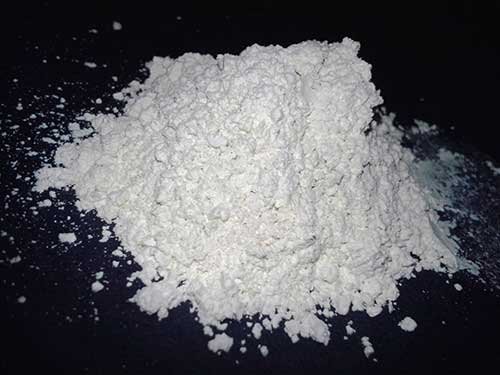Introduction :
Limestone, a sedimentary rock composed primarily of calcium carbonate, has been utilized by humans for centuries due to its remarkable versatility and numerous benefits. From construction to agriculture and environmental applications, limestone has proven itself as a valuable resource. In this blog, we will delve into the myriad benefits of using limestone and how it plays an essential role in various industries.
Construction Advantages :
Limestone is renowned for its role in the construction industry. Its durability and versatility make it an ideal choice for various applications. Firstly, it is commonly used in the creation of concrete and mortar, enhancing their strength and longevity. Additionally, limestone is a popular choice for building facades and cladding due to its aesthetic appeal and weather resistance. Its ability to withstand harsh environmental conditions makes it suitable for both interior and exterior construction, ensuring long-lasting structures.
Agricultural Benefits :
Farmers have long recognized the agricultural benefits of limestone. Agricultural limestone, often referred to as aglime, is used to improve soil quality and enhance crop productivity. It neutralizes acidic soils, raising pH levels to create a more favorable environment for plant growth. The calcium in limestone is essential for the development of strong cell walls in plants, leading to healthier crops. Additionally, limestone helps to release essential nutrients like phosphorus and magnesium, making them more available to plants. This cost-effective solution has become a cornerstone of modern agriculture.
Environmental Impact :
Limestone also plays a crucial role in environmental protection. It is used in flue gas desulfurization (FGD) systems to reduce sulfur dioxide emissions from power plants, mitigating air pollution and its harmful effects. Moreover, limestone is employed in the treatment of acidic mine drainage, helping to rehabilitate and restore ecosystems affected by mining activities. Its natural properties make it an eco-friendly choice for many environmental remediation projects.
Decorative and Artistic Applications :
Limestone’s natural beauty and ease of carving have made it a favorite choice for sculptors and artisans for centuries. From ancient sculptures to modern architectural ornamentation, limestone adds a touch of timeless elegance to artistic creations. Its versatility in color and texture allows for a wide range of artistic expressions, making it a prized material for both indoor and outdoor decorative applications.
Historical Significance :
Limestone has a rich historical significance, as many iconic structures around the world, such as the Great Pyramid of Giza and the Parthenon in Athens, were constructed using limestone. Its enduring presence in these landmarks speaks to its durability and longevity.
Conclusion:
In summary, limestone’s benefits are far-reaching, spanning construction, agriculture, environmental protection, art, and history. Its versatility, durability, and eco-friendly attributes make it a valuable resource in a variety of industries. As we continue to explore innovative uses for limestone, its significance in our daily lives remains undeniably profound.











